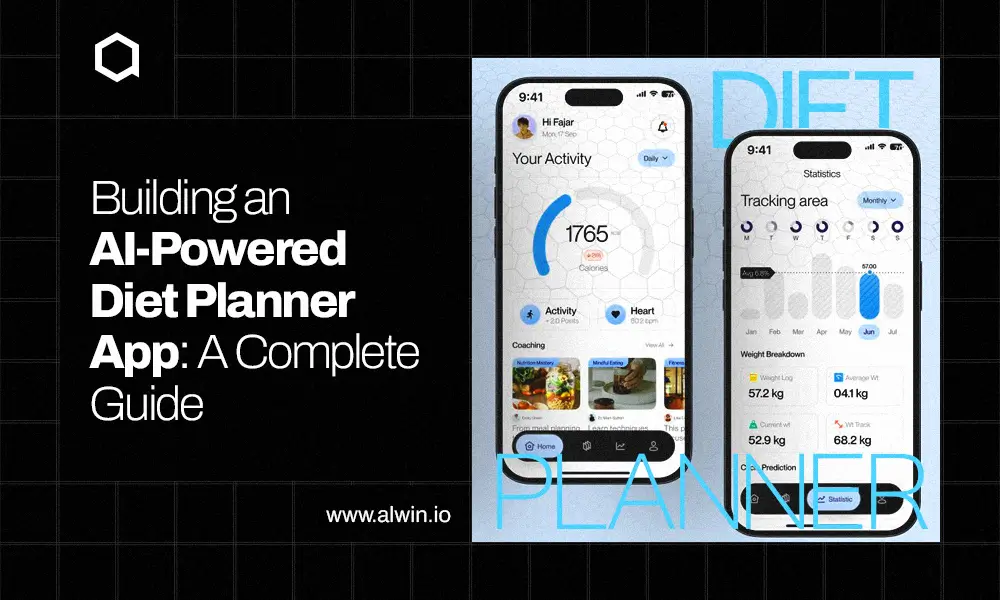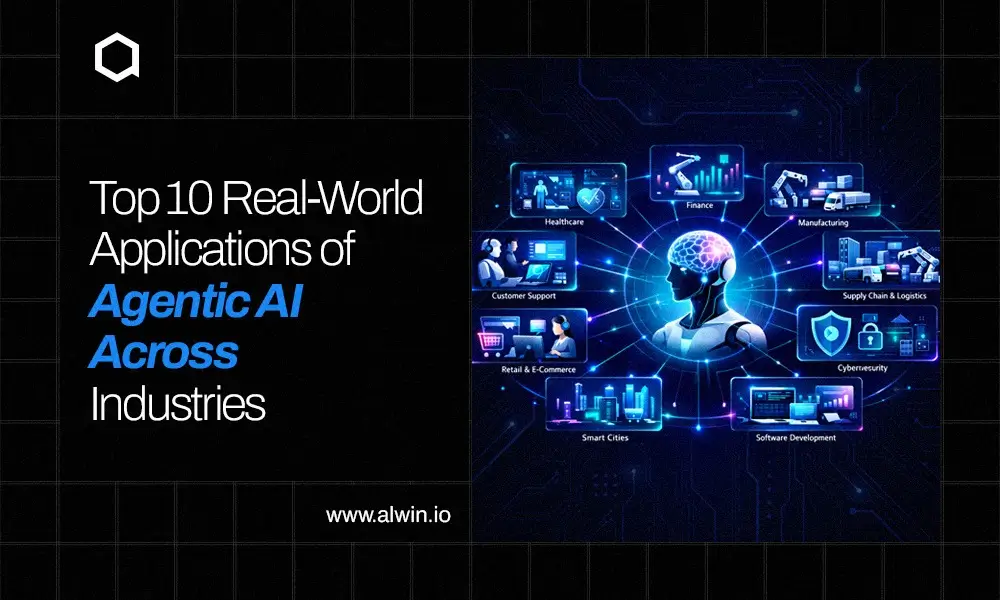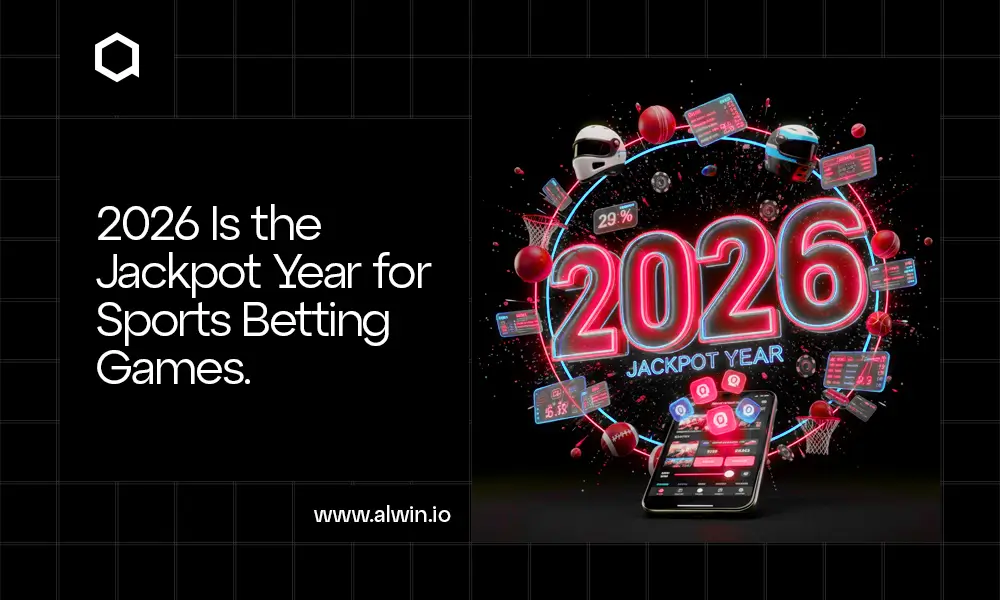Have you ever imagined how amazing it would be to have a personal nutritionist right in your pocket, one that never gets tired, always keeps up with your lifestyle, and knows exactly what your body needs? Well, that’s the power of an AI-powered diet planner app. In today’s world, where technology is transforming everything, from how we shop to how we eat, AI has become the brain behind smarter, more personalized diet and fitness solutions.
Building an AI-powered diet planner app isn’t just about creating another fitness tool. It’s about crafting a smart companion that learns from users’ habits, understands their health goals, and delivers custom-made meal plans. From choosing the right tech stack to training the AI model, building such an app is a journey filled with creativity, problem-solving, and innovation.
In this guide, we’ll break down everything: what an AI-powered diet planner app is, how it works, what features make it successful, and step-by-step, how you can build one. Whether you’re a developer, startup founder, or simply a tech enthusiast, this will help you understand the entire process in a simple, human way.
What Is an AI-Powered Diet Planner App?
Let’s start with the basics. An AI-powered diet planner app is a digital health assistant that uses artificial intelligence to design personalized meal and nutrition plans based on user data. It takes into account factors like your age, weight, health goals, allergies, lifestyle, and even food preferences.
Think of it as a super-smart diet coach that’s available 24/7. Instead of following generic diets that don’t suit everyone, this app uses AI algorithms to predict what works best for your body. For example, if you’re trying to lose weight, it can suggest a calorie-deficient plan; if you’re an athlete, it can recommend protein-rich meals.
AI also helps the app learn continuously. As users log their meals, activity levels, and progress, the app refines its suggestions. It’s like having a nutritionist who gets smarter every day, offering more precise plans based on your unique needs.
Many popular apps like MyFitnessPal, Lifesum, and FitGenie already use AI to some extent, but there’s still huge potential for innovation, especially when combining AI with new tech like wearables, voice assistants, or even augmented reality for meal visualization.
Why Build an AI Diet Planner App?
So, why should anyone bother creating another diet app? Simple, the demand is huge. People are more health-conscious than ever, but they struggle to find reliable, easy-to-follow guidance.
AI solves that problem by making diet planning simple, smart, and scalable. Here’s why it’s worth building one:
Personalization at scale: AI can handle millions of users and still offer individualized meal plans.
Data-driven results: It uses real-time feedback and learning to improve outcomes.
Health awareness: More people are turning to digital health tools after the pandemic.
Market growth: The global health and fitness app market is booming, expected to cross billions by 2030.
If you’re a developer or entrepreneur, this means a massive opportunity. People love smart, convenient solutions, and an AI diet planner fits perfectly into modern lifestyles.
AI Diet Planner App Development Company
At Wealwin, we specialize in developing AI-powered diet planner apps that help users lead healthier lives through personalized nutrition guidance. By combining machine learning, predictive analytics, and health data integration, we create solutions that make nutrition management simple, accurate, and effective.
Why Choose WeAlwin?
AI-Driven Personalization
Our algorithms analyze user data age, health goals, activity levels, allergies, and preferences to deliver custom meal and diet plans that adapt to user needs over time.
Integration with Health Platforms
We build apps compatible with wearables, fitness trackers, and health APIs such as Google Fit, Apple HealthKit, and Fitbit.
Nutritional Intelligence
AI models provide real-time insights, calorie tracking, and food recommendations backed by verified nutritional databases.
Custom UI/UX Design
We design intuitive and engaging interfaces that keep users motivated and consistent in their fitness journey.
Scalable Architecture
Our development solutions are built to grow with your business, whether you’re a startup or an established brand.
Core Features of an AI Diet Planner App
To make your AI-powered diet app stand out, it needs to combine intelligence with user-friendliness. Here are some must-have features
User Profile Setup: Collects user data like age, gender, height, weight, and goals.
AI-Based Meal Planning: Generates meal plans custom to user preferences and health needs.
Calorie & Nutrition Tracker: Monitors daily calorie intake and nutrient balance.
Food Recognition (via AI): Uses image recognition to identify foods from pictures.
Progress Tracking: Displays weight, BMI, and other progress stats visually.
Integration with Wearables: Syncs with smartwatches or fitness bands to collect activity data.
Recipe Recommendations: Offers easy-to-cook recipes based on available ingredients.
Voice and Chat Support: Allows users to interact using natural language.
AI Health Insights: Suggests health improvements using predictive analysis.
Reminders & Notifications: Keeps users consistent with their goals.
When these features work together, users get a smooth experience that feels personalized and engaging, just like talking to a real nutrition coach.
How Does the AI in Diet Planner Apps Work?
The real magic lies in how AI makes decisions. Let’s simplify it:
Data Collection: The app gathers data from users (like weight, activity, and goals).
Machine Learning Algorithms: AI models use this data to identify patterns.
Predictive Analysis: It predicts what type of diet will produce the best results.
Feedback Loop: When users track meals or progress, AI learns and adjusts recommendations.
For example, if the user logs a workout or skips a meal, the app recalculates calories and nutrients. Over time, the AI refines its suggestions, almost like it’s learning your lifestyle inside out.
Step-by-Step: How to Build an AI Diet Planner App
Building an AI-powered diet planner app might sound complex, but if you take it step by step, it becomes clear.
1. Research the Market and Define the Goal
Before writing any code, research your target audience. Are you building for athletes, busy professionals, or general health enthusiasts? Knowing your user helps you design better features.
2. Design the User Experience
The app should be simple, fun, and easy to use. Use a clean UI/UX design, make logging food and checking meals as effortless as scrolling through Instagram.
3. Build the Backend
Set up your database, user authentication, and APIs. Store user profiles, meal data, and progress securely.
4. Train the AI Model
Here’s the exciting part! Collect nutrition datasets and train your AI to recognize food, count calories, and suggest meals. You can use frameworks like TensorFlow, PyTorch, or Scikit-learn for this.
5. Integrate with External Tools
Link your app with APIs like Google Fit, Apple Health, or wearables to import real-time activity data.
6. Test and Refine
Before launching, test the app with a small group. Gather feedback and fine-tune features, especially the accuracy of AI recommendations.
7. Launch and Market
Once ready, publish the app on Google Play and the App Store. Use content marketing, social media, and influencer collaborations to attract users.
Monetization Ideas for Your AI Diet Planner App
Want to make money from your AI diet planner? Here are some proven ways:
Freemium Model: Offer basic features for free and premium ones via subscription.
In-App Purchases: Sell recipe packs, custom plans, or fitness challenges.
Partnerships: Collaborate with dieticians, gyms, or supplement brands.
Ads: Use non-intrusive ads relevant to health and nutrition.
Mixing these strategies can make your app both helpful and profitable.
Conclusion
Building an AI-powered diet planner app is more than a tech project; it’s about helping people live healthier, happier lives. With AI development, you can offer something that feels personal, motivating, and easy to use. Whether you’re coding it yourself or working with an AI development company like Wealwin to launch a startup, the key is to blend smart technology with genuine human needs. The next big thing in health tech might just be your idea, so start building, keep learning, and create something that truly makes a difference.



